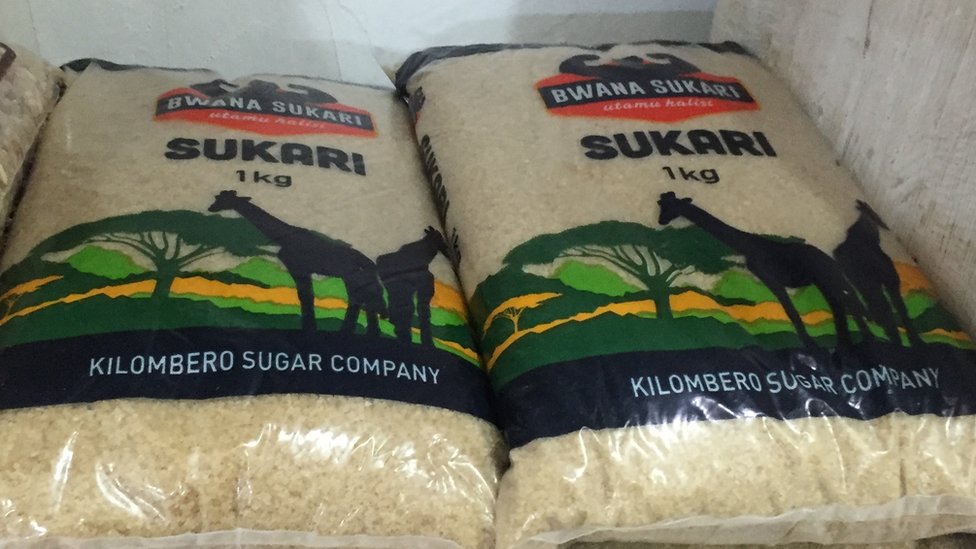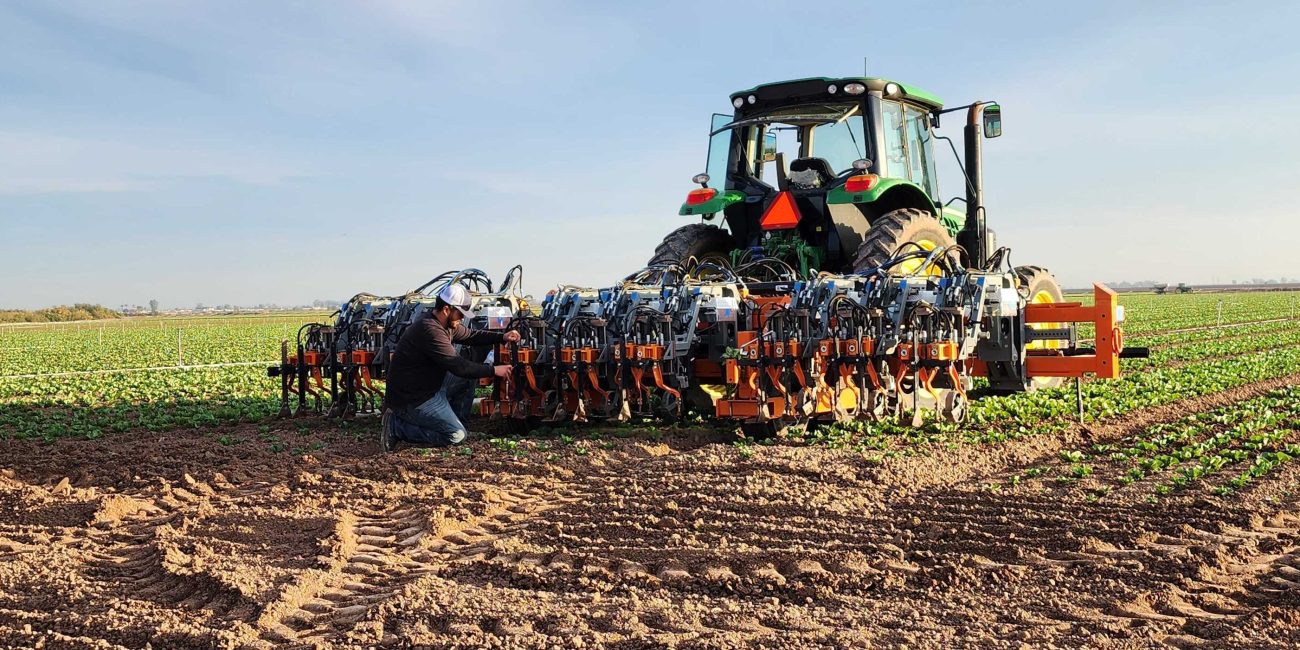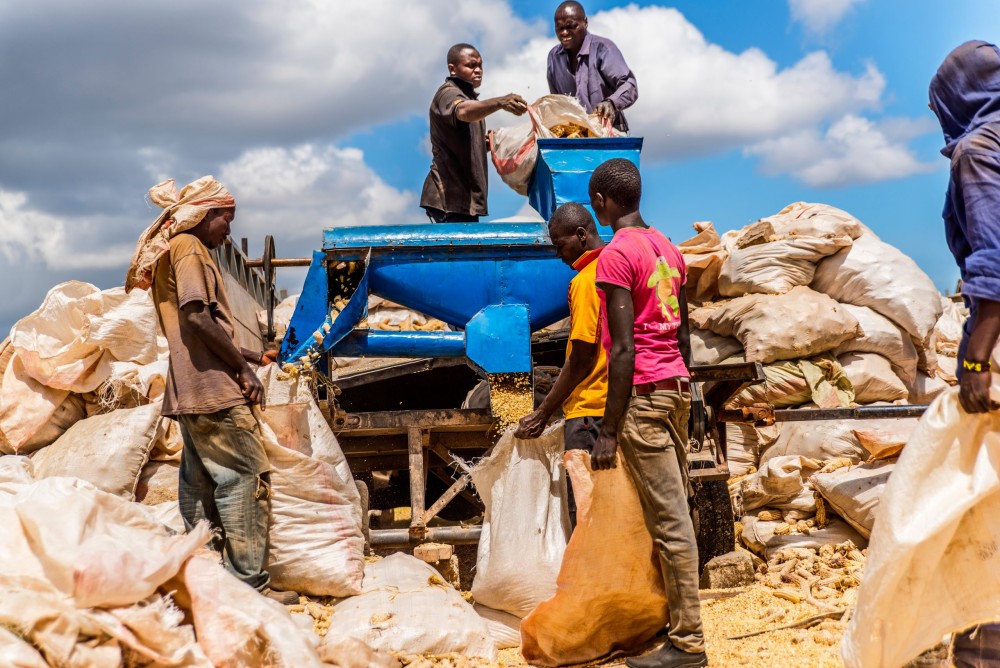Tanzania’s sugar industry has evolved from colonial beginnings to a dynamic sector with challenges and opportunities. The sweet journey continues as the nation strives to meet its sugar needs and contribute to regional trade. However, sugarcane is a source of sweetness and a vital economic driver in Tanzania, supporting livelihoods, industries, and the nation’s growth. Its supply is of utmost importance as it touches the entire national food web, ultimately affecting all other sectors.
To chip in further, below is an analysis of the sector’s connection to some of the other sectors of the economy. In Tanzania, sugar production comes mainly from sugar cane; other sources are uncommon. Henceforth, the discussion will shed more light on sugarcane production than the latter. Herein are some of the focal sectors which are supported positively by the sugar industry,
The country’s agriculture and employment sector is a booster, whereby sugarcane cultivation employs thousands of Tanzanians. From planting to harvesting, processing, and transportation, it generates jobs in rural areas where an unskilled workforce is highly employed apart from skilled labourers.
Indeed, some are in the short term and others in the long, which is a big push to hold income. Some others are self-employed through the supply chains in small shops, markets, supermarkets, and supplies in public institutions such as schools and canteens in various areas as part of the sugar supply chain.
Read related: A Strategic Roadmap to Prosperity: Tanzania’s Investment Blitz Lures Global Players.
Furthermore, small-scale farmers grow sugarcane, contributing to rural livelihoods through out-grower schemes across the regions near the sugar factories. This has again stabilized several families’ sources of income and continued to boost the economy, improving their farming activities and family life.
Boosting the revenues for the country’s development economy is among the advantages of the industry. This aspect can neither be ignored nor disregarded because the sugar industry contributes to the government revenue boost through taxes, export earnings, and licensing fees. Exports of sugar and related products generate foreign economic exchange, leaving the local trade synergies stimulated by the needful sugar business alone.
Industrial development benefits the nation’s economy, and sugar factories and mills form the backbone of the industry. They create jobs, stimulate local economies, and promote industrial growth. These together are per the national economic strategy for industrial growth anticipated under the current government.
The country’s development is contingent on industrial development as sugar also provided an essential material in supporting the other industries for drinks and foods. Not only that, but the Investment in modernizing factories enhances the efficiency and competitiveness of the sector. The movement towards modernization is part and parcel of the economic prosperity inspired by science and technology, including artificial intelligence (AI) and robotics engineering.
Food security in the country is also mirrored through sugarcane production, of which the industry is a dashboard for food security because sugar is a staple food item. Domestic production ensures availability and affordability for Tanzanian consumers. Its availability sends signals towards food supply status and prices situation in the markets.
Furthermore, it reduces reliance on imports and enhances food security locally. This ensures the industrial and domestic supply chain is stable and sustainable throughout the year. Whatever is affecting sugarcane is likely to affect the whole food security internally.
Energy and byproducts are available for other uses. Although this may not be highly emphasized in the business cycle as it weighs, bagasse, a byproduct of sugarcane processing, is used for energy generation. Some factories produce electricity from bagasse, which can benefit locals and internalize the externalities. Molasses, another byproduct, is used in alcohol production and animal feed. They form another pillar for the massive mushrooming plants for alcohol, both consumed and medically produced, and lastly, the animal feed byproducts.
Rural development has a noticeable impact, and sugarcane farming encourages infrastructure development in rural areas. Roads, irrigation systems, and storage facilities benefit communities. Those facilities are aimed at factories but end up being the primary leverage for the local population and providing the most valuable development source.
Last on the list is the export potential for the country, although the domestic consumption is still exceedingly above the current production. Regardless of that, Tanzania aims to become a regional sugar exporter soon. Increased production can boost trade and strengthen economic ties with neighbouring countries in the business exchange. This is quite possible because of the existing agricultural potentials, such as fertile soil, human resources and policies and regulations in place.
The Tanzanian government has implemented a strategy to increase annual sugar production to 756,000 tons by 2025. Needful action is to maximize the potential to venture into the significant market demand, which is growing progressively in the region, leading to hunger in the global market.
The Broken Bridges in The Sugar Industry?
Some broken bridges result in ongoing aggravations to contain the supply chain deficit. It is also a mere fact that the demand has been growing more steadily than the supply capacity of the industry. Despite the government’s good intentions, the broken bridges have always left the country with devastating deficits. These broken bridges have been replaced with fiscal measures such as tax concession.
The revenue authority waved about 15% import tax to stimulate importation, which has struggled to cover the demand. This is one of the areas whereby loopholes have been observed hurting the consumers. Werther blames the government or the suppliers, but this loop is as bad as an unfixed broken bridge in the supply chain.
Further denunciations can be due to the failure to optimize inventory levels to find the right balance between having enough inventory to meet customer demand and avoid stockouts. Inventory performance monitoring by whoever is responsible is essential for the smooth flow of goods on the market. When such a bridge is cut off, the business shambles due to missing Key Performance Indicators (KPIs). Again, the government as regulator has failed the entire system, although the cry goes directly to the traders.
Also, read Modernizing Tanzania’s Agricultural Supply Chain: Progress, Challenges, and the Way Forward.
Demand forecasting tools and methods to estimate future customer demand based on historical data, seasonal trends, market conditions, and promotional activities, and then adjusting the inventory levels accordingly was not well considered by the government. As a result, much effort has been invested in hunting for the traders who claim to hold the stocks and sabotage the supply chain. The struggles and entire investment costs would have benefited the business much more than hunting for the traders.
Improved internal capacity to ensure reliable supply and controllable production. The government has tried to improve domestic resources by allocating lands aside for investors. However, the provided land has not secured the right investors, but other factors may be behind the causes.
One potential reason can be related to inaccessible and unreliable power supplies. Like many other factories, the sugar plants need a reliable and sufficient supply, which has been a struggle in the country for decades. The failure to ensure stable, secure, and reliable electricity is the major broken bridge, which, if it remains unrepaired, is the least we should expect in terms of any improvement in supply.
On the other hand, the ongoing rainfall has been held responsible for causing the current deficit. However, the prerogative may not hold any water, as the rain would have been a blessing. There have been contradicting arguments from political to non-specialist sayings. In the same view, the power blackout was said to be caused by the current rainfall, which we expected would have filled the hydropower supply dams, but contrary to that, it was power rationing. The uncertainty from the authorities with different statements and varied projections has resulted in the status that still holds the economy.
To address the failures in the supply chain of this product, there is an urgent need to repair the broken bridge, which is pivotal to the rest of the other sectors. The overarching pillar of these broken bridges is an accessible, reliable, and stable electrical power supply, which will retain the blind spot in the product’s entire production and supply chain. This will also free the authorities from false promises, hunting, and holding the traders responsible for sabotaging the supply chain.




